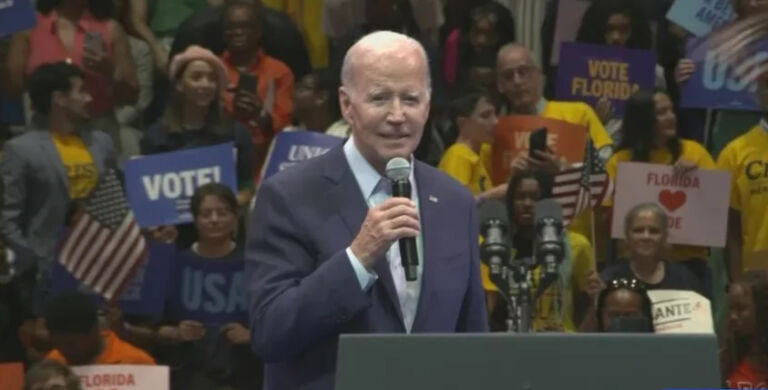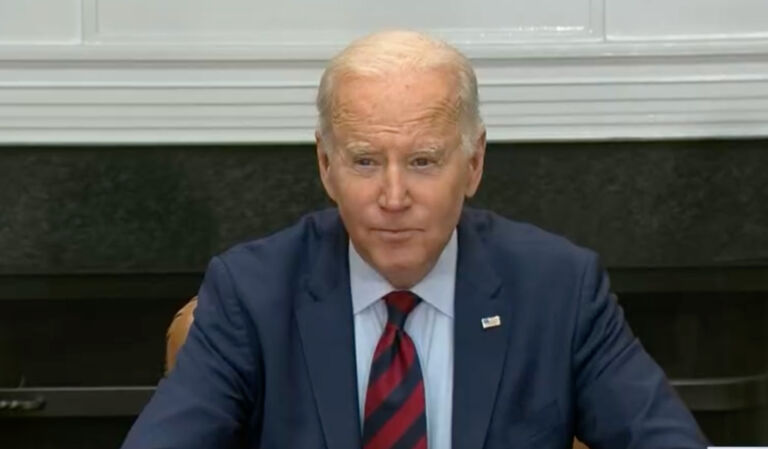Kevin Williamson of National Review Online offers suburban readers an economics lesson.
High fuel prices have many Americans spending an unusual amount of time talking about one term from economics: inflation. But there are two more that ought to be part of the conversation right now: externalities and malinvestment.
Externalities are side effects of economic activities that have some effect on a third party. Externalities can be positive or negative, but, like most things in life, we tend to notice them most when they are negative. The textbook example of an externality is pollution: A factory that makes steel or computer chips will produce pollution, and, in most situations, neither the producer nor the consumer pays any direct price for that pollution, provided the factory is operating within regulation. If you drive 35 miles in your Honda Civic, you are going to burn about a gallon of gasoline, which will produce a certain amount of air pollution. That doesn’t impose a direct cost on anybody: not the oil driller, not the refinery operator, not the wholesaler, not the local Texaco station, and not you. But, of course, air pollution matters, and it imposes real costs on society. In theory — and here I mean way, way theoretical theory, sophomore philosophy theory — if we had an efficient way to properly price externalities, then little or no regulation would be needed, because everybody would be paying directly to mitigate the damage he does through his economic life.
Malinvestment is a term mostly associated with the “Austrian” school of economics, which nobody knows about in Austria, the key figures of the Austrian school having emigrated to the United States and England as they fled Nazism in the 1930s and 1940s. Malinvestment is what happens when some public policy or other source of economic distortion makes certain otherwise unprofitable investments look profitable or makes them temporarily profitable until the underlying economic reality asserts itself.


